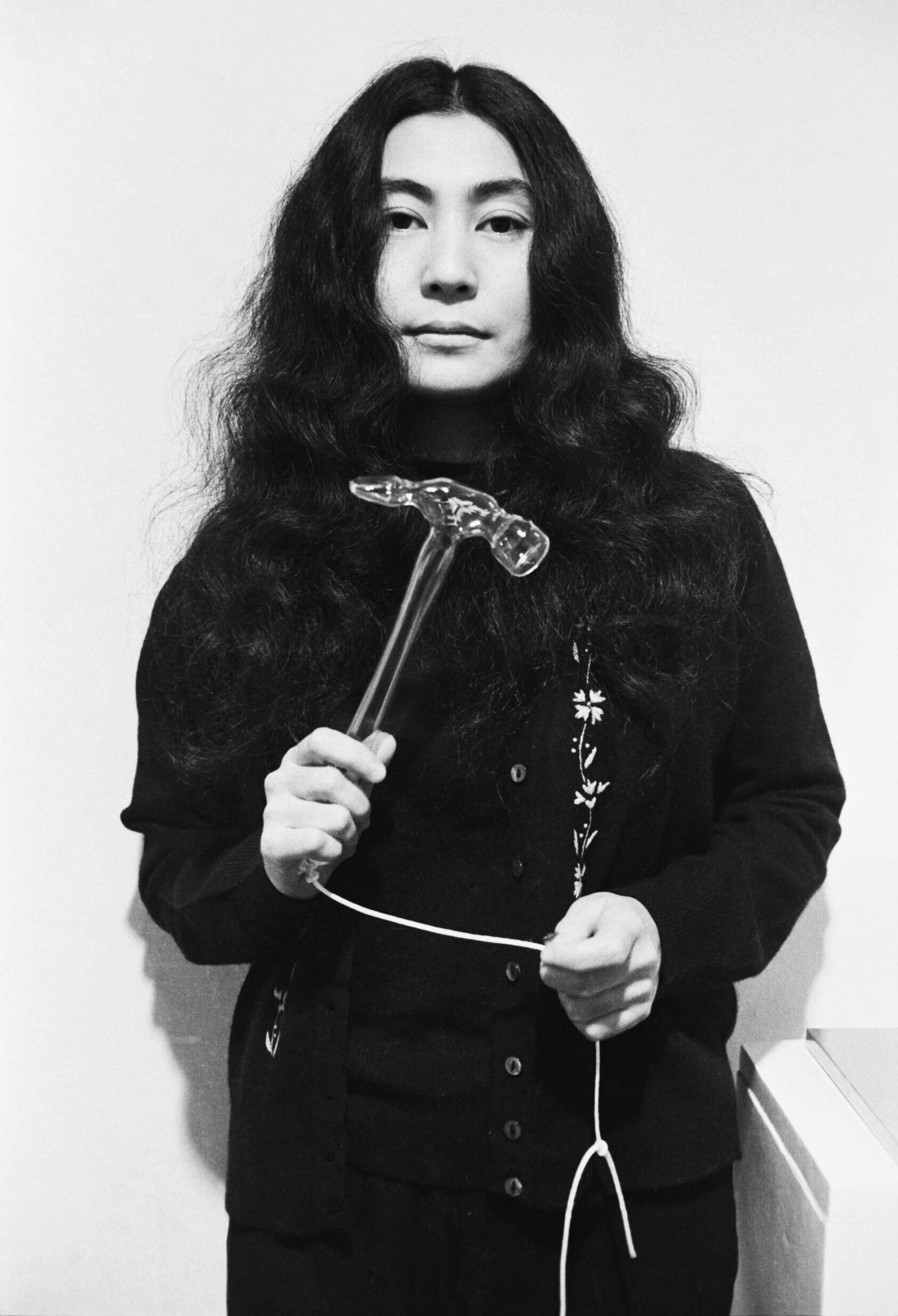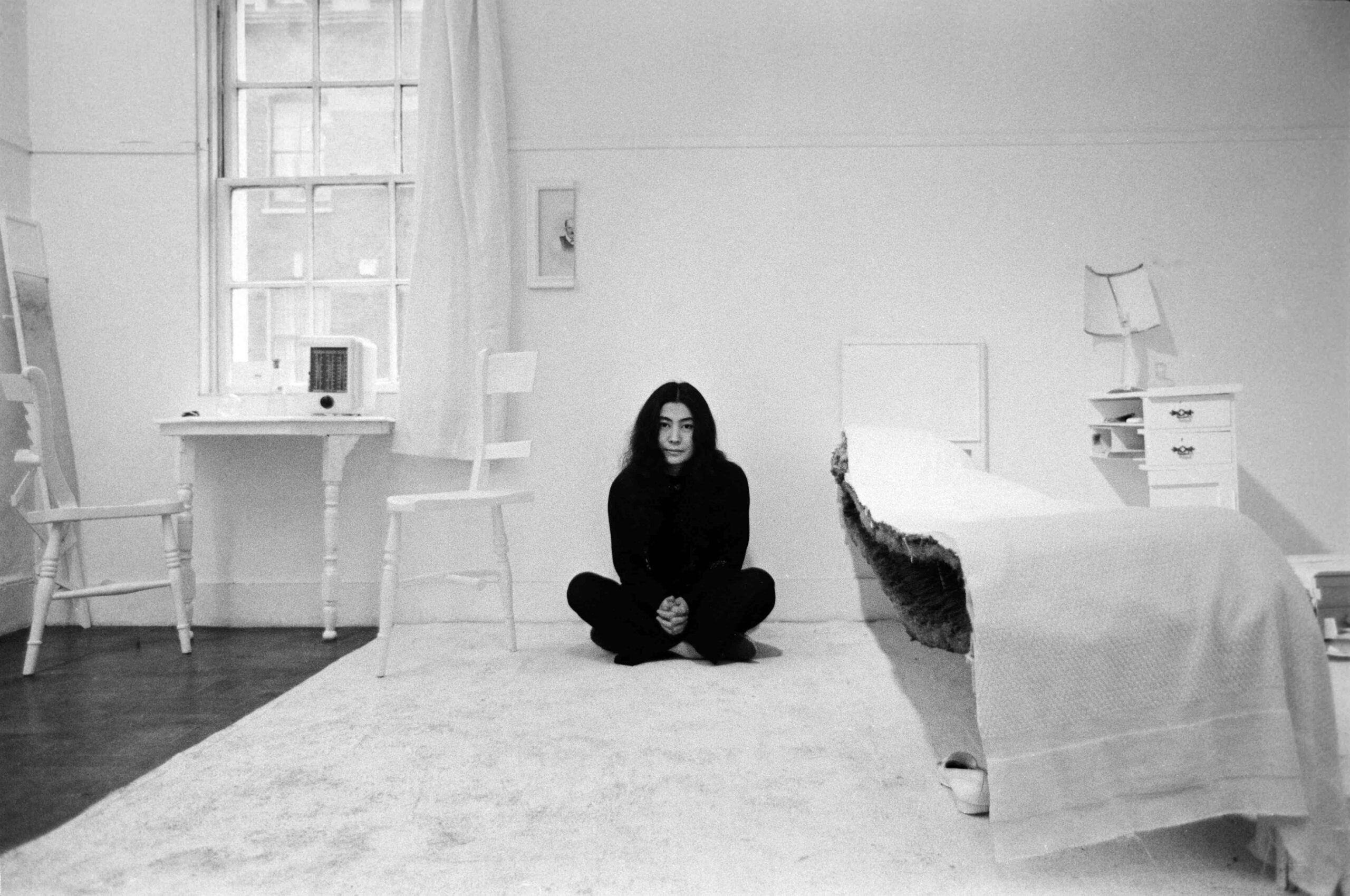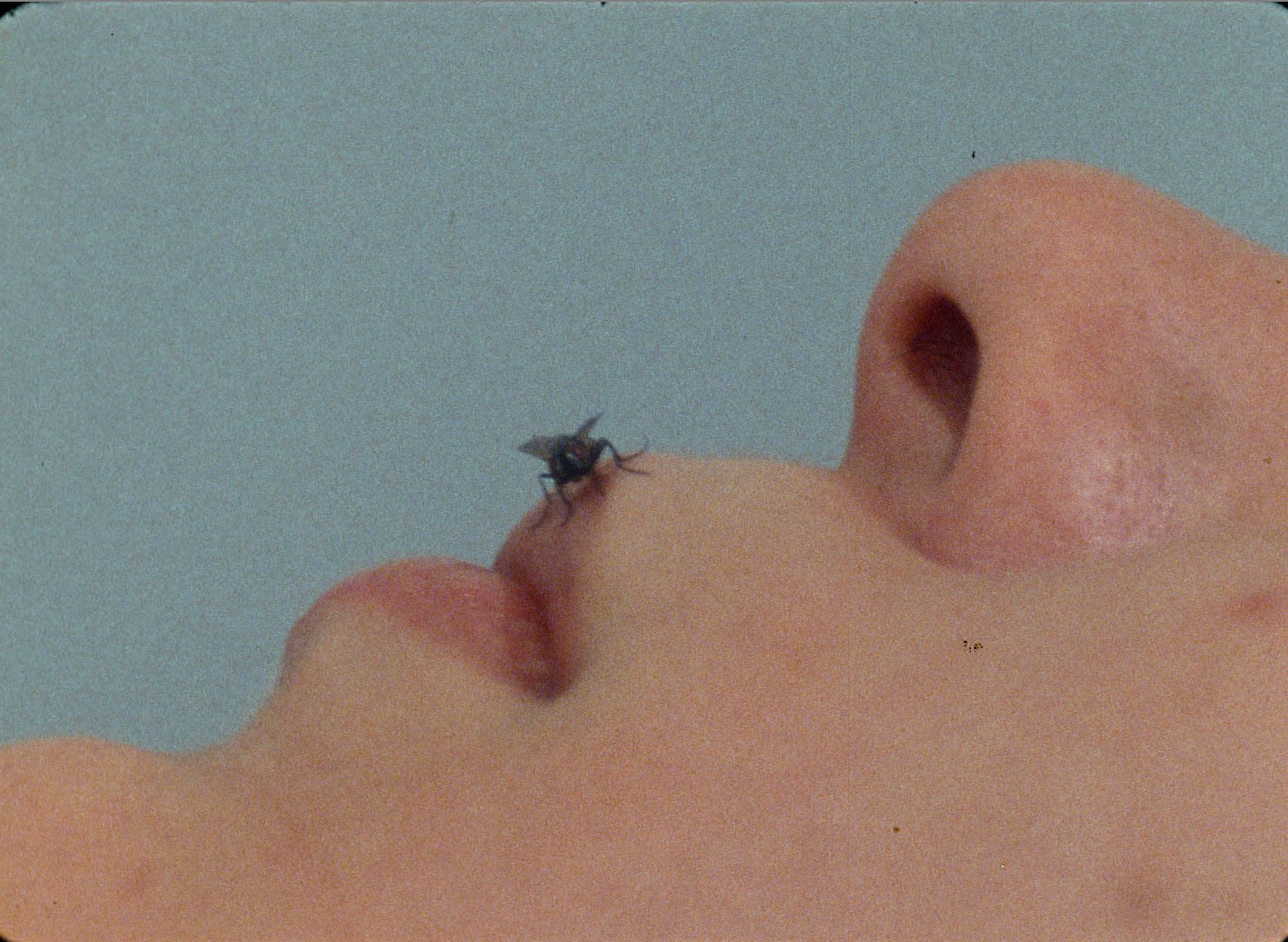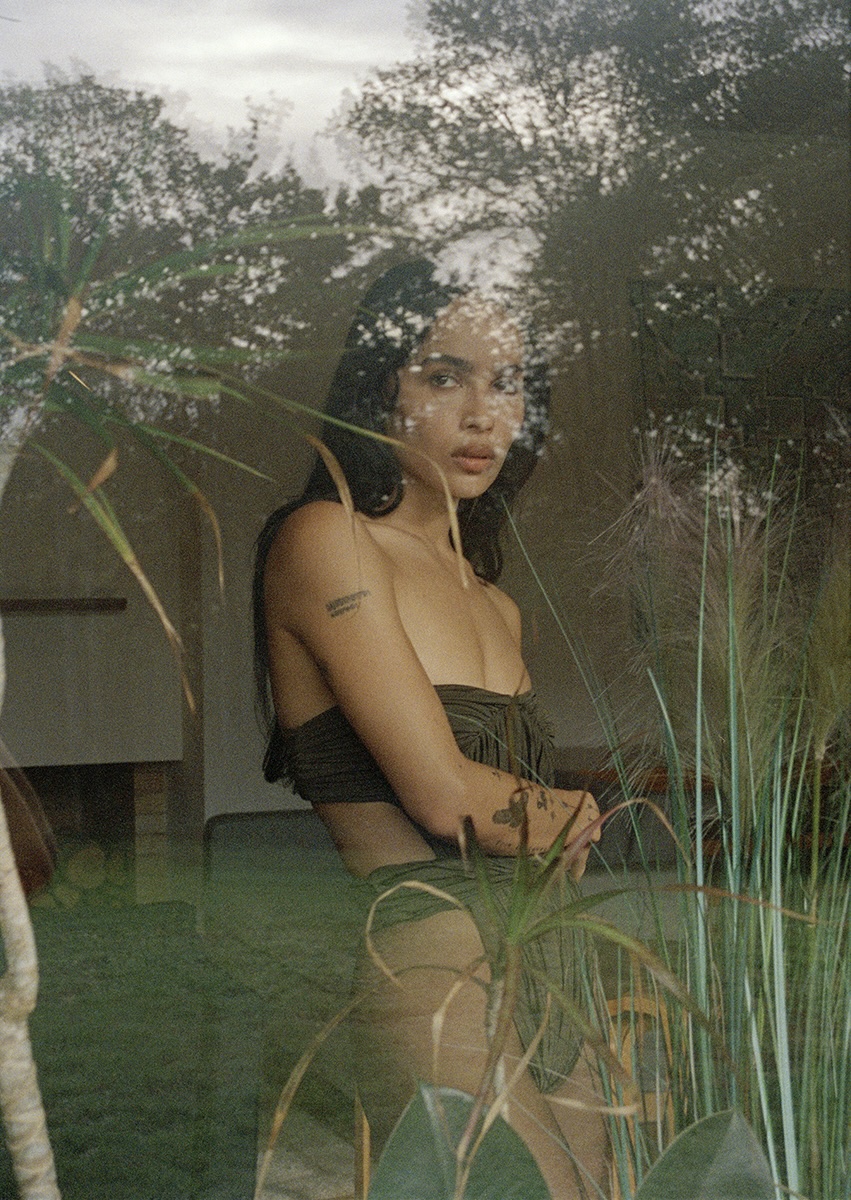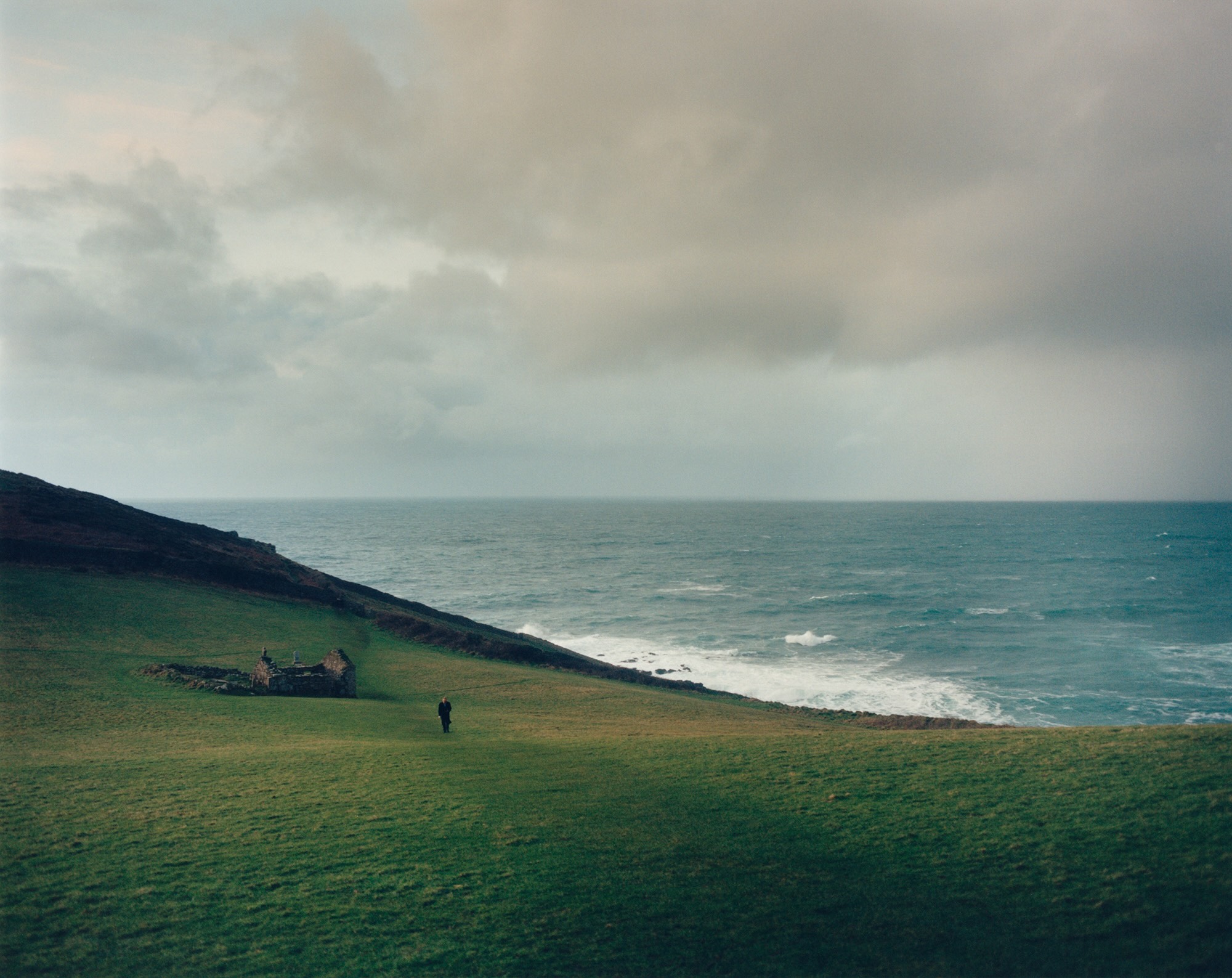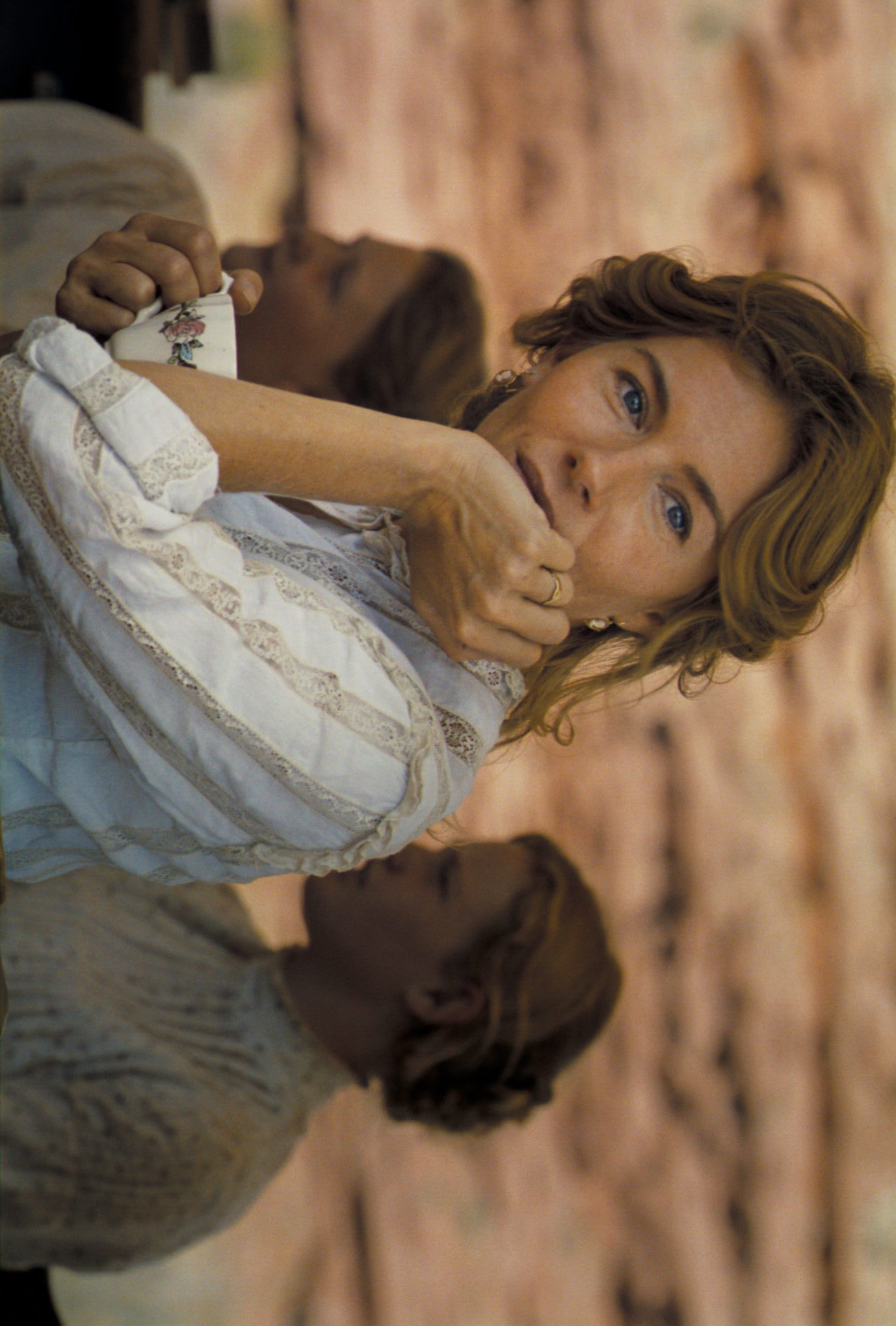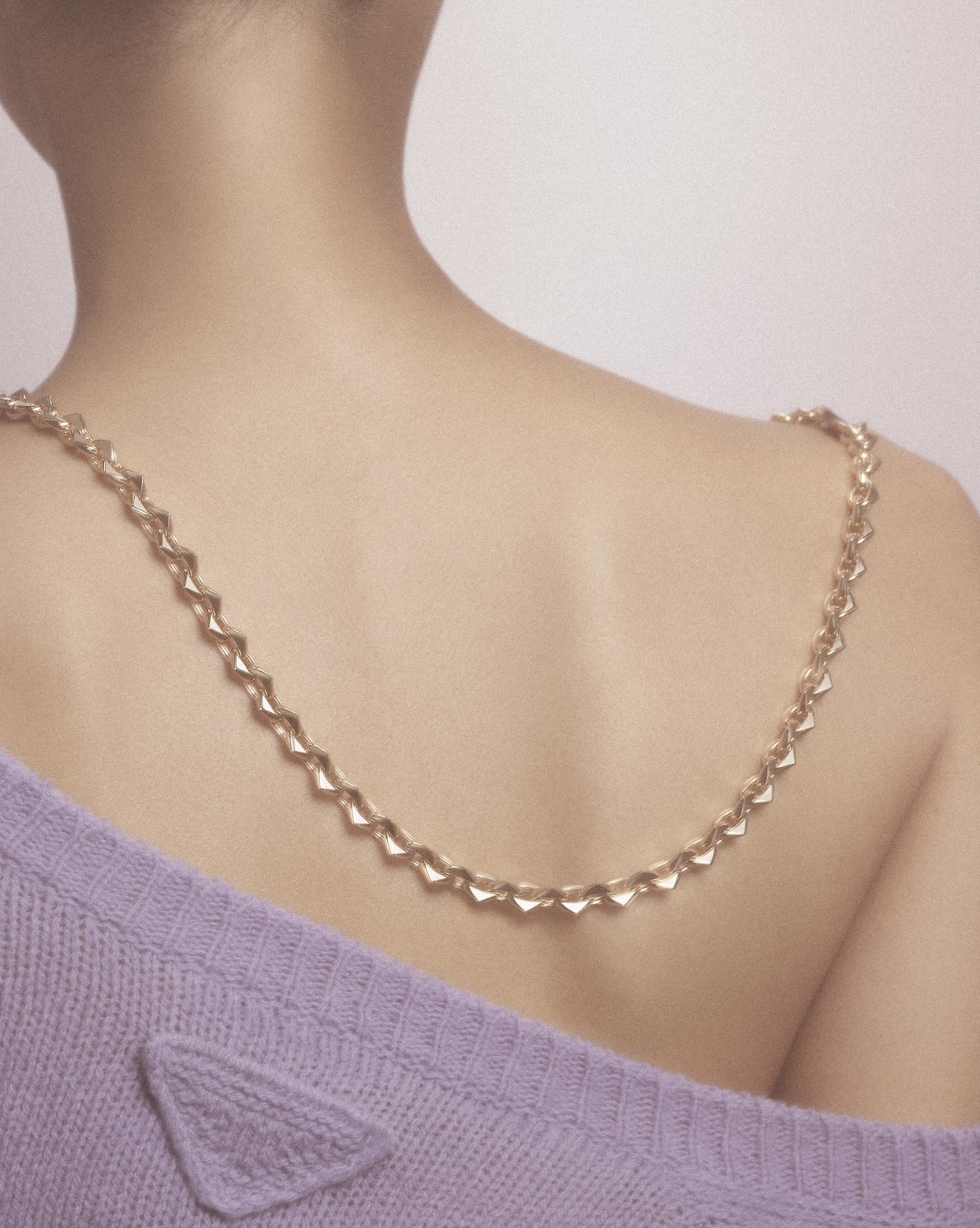Yoko Ono: Music of the Mind
From February 15th to September 1st, 2024
Tate Modern Gallery, London
Born into a bourgeois family, Yoko Ono found herself suddenly facing many financial difficulties in the post-war period, which led her to move from Tokyo to New York with her family during the 1950s. Here, Ono became fascinated by contemporary art and the adherents of the Fluxus group, an artistic movement that found its intellectual roots in the positions of G. Maciunas, the promoter of the magazine ccV TRE, published in New York between 1955 and 1970. Driven by an early sense of justice and social belonging, Ono has embodied and continues to represent the spirit of rebellion and cultural ferment of those years, expressing it through avant-garde works from political, artistic, and musical perspectives.
With unprecedented radicalism, Ono rejects the idea that a work of art must be a material object. Many of her works simply consist of small instruction manuals: in Cloud Piece (1963), for example, she asks us to imagine digging a hole in the garden and putting clouds inside it. Personal ideas and opinions are central to her practice, often expressed in poetic and profound, yet also humorous ways: the exhibition at the Tate Modern in London begins precisely with an attempt to explore Yoko Ono’s crucial role in the experimental avant-garde circles of New York and Tokyo, and the development of some of her most famous instruction pieces: phrases written in the form of haiku that ask readers to imagine, experiment, write, or complete tasks of varying difficulty. Some consist of a single verb like fly or touch; others range from short texts like Listen to the heartbeat and Walk in all the puddles in the city to entire paragraphs designed to stimulate imagination, such as Painting to be constructed in your head. Every syllable or word meticulously crafted for the first time by Ono in her loft studio at 112 Chambers Street in New York — where she and composer La Monte Young hosted concerts and experimental events — and in her first solo exhibition at the AG Gallery in 1961 aims to stimulate the reader’s mind. On July 20, 1964, when Ono was 31 years old, she debuted with Cut Piece at the Yamaichi Concert Hall in Kyoto, Japan. This performance arguably became Yoko Ono’s most famous, characterized as a bold and cathartic behavioral action. Although already known in avant-garde artistic communities in the United States, Cut Piece was innovative for its active, almost aggressive, participation of the audience and for highlighting the importance of feminist themes.
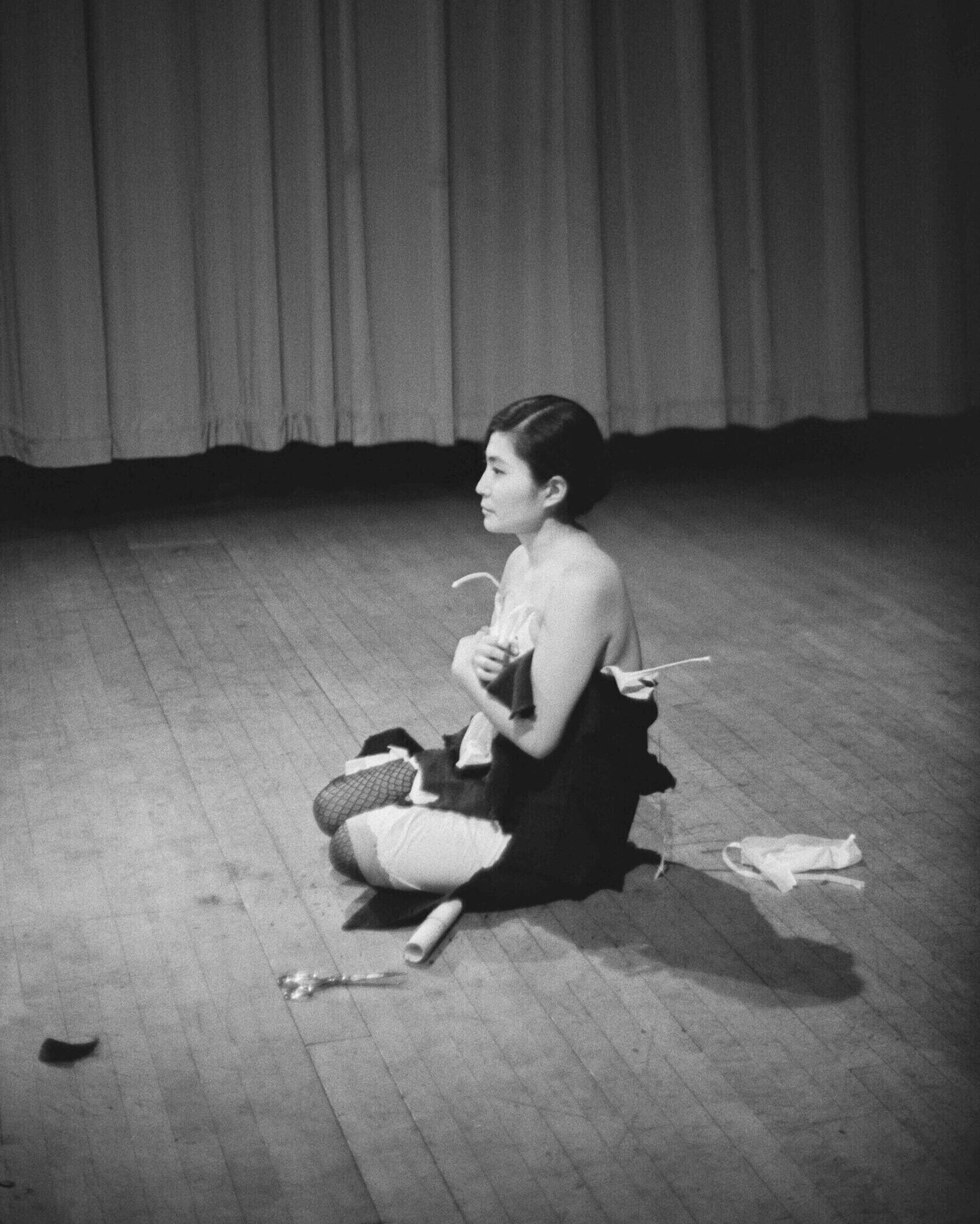
“I think of my music more as a practice (gyo) than a music. The only sound that exists to me is the sound of the mind. My works are only to induce music of the mind in people.”
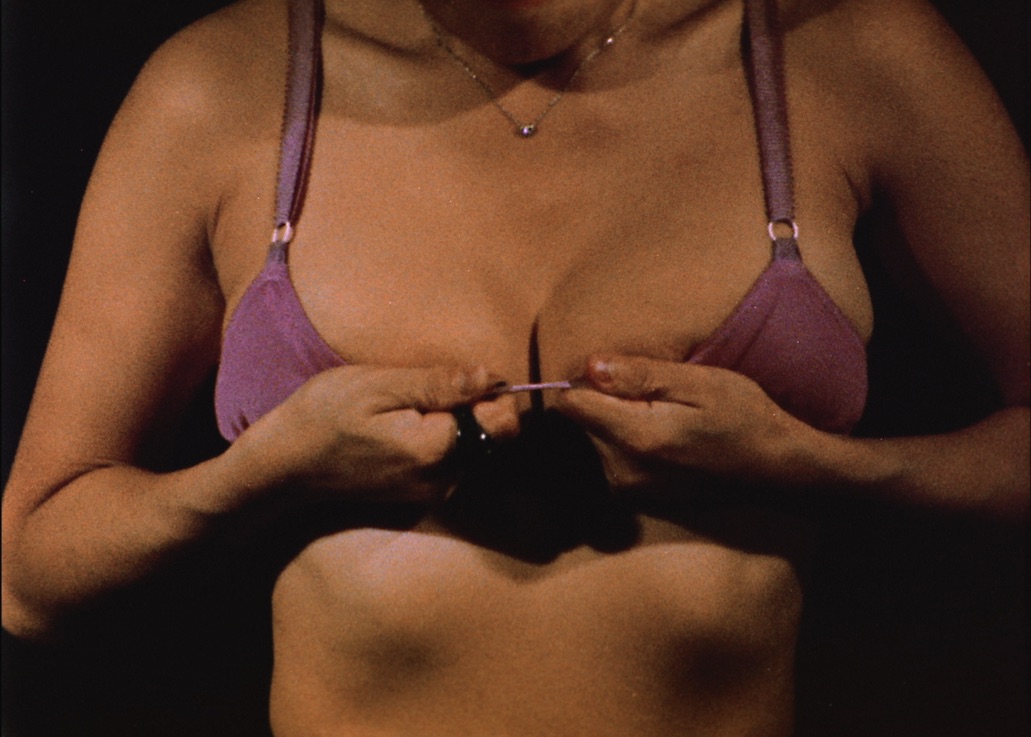
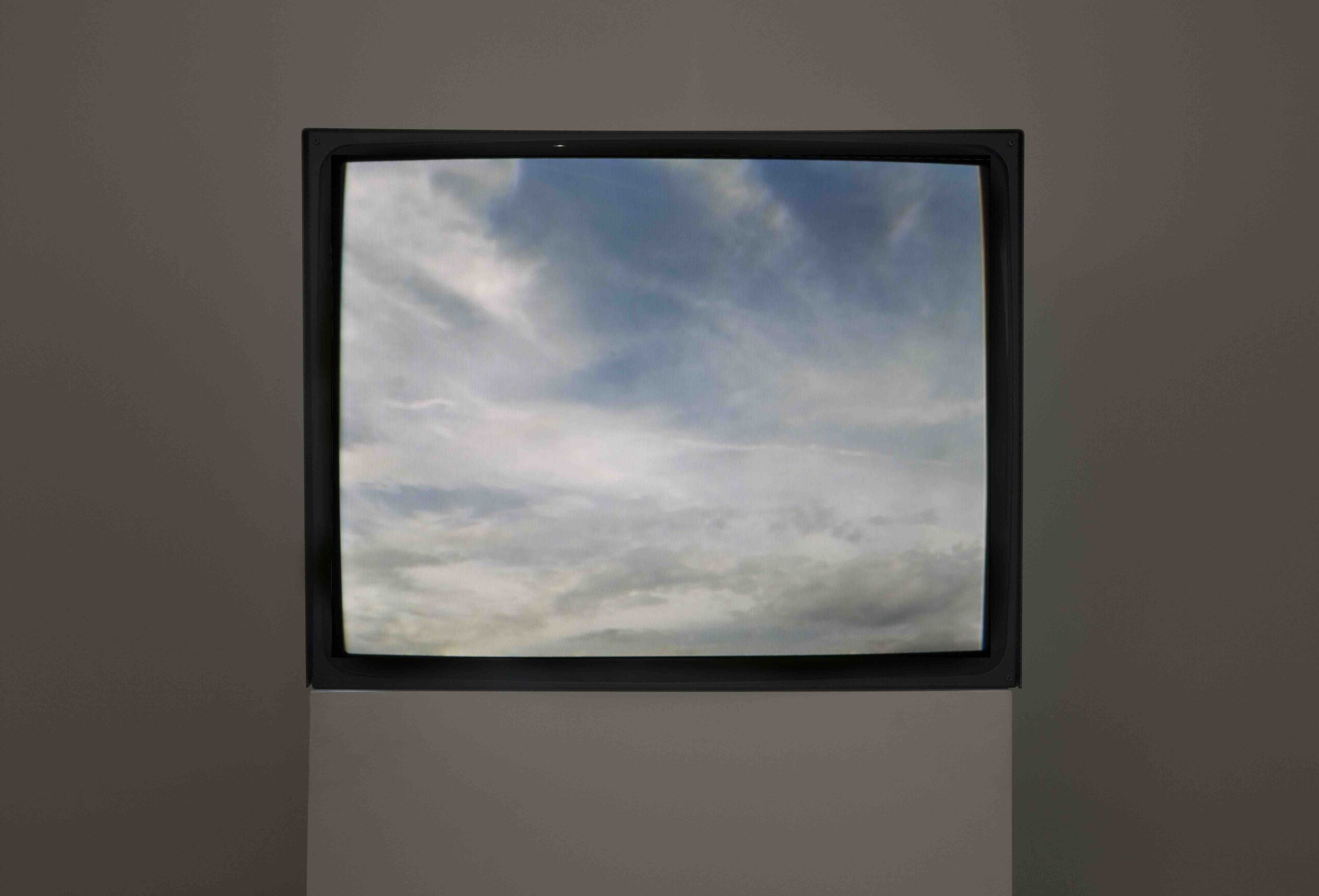
A dream you dream alone is only a dream.
A dream you dream together is reality.
Decide on one note you want to play.
Play it with the following accompaniment:
The Wood from 5 a.m to 8 a.m.
In Summer.
The central themes in Ono’s practice can be explored through decades of the artist’s life and career and across various artistic forms: among these, dreamlike themes emerge consistently, particularly that of the sky, often recurring as a metaphor for peace, freedom, and infinite space. During her childhood in Tokyo, Ono found comfort and refuge in the constant presence of the sky above her. This theme is evident in many works, such as Painting to See the Skies in 1961, and the installation Sky TV in 1966, which broadcasts live footage from a camera pointed towards the sky above the Tate Modern; in Helmets (Pieces of Sky), first realized in 2001, the artist invites visitors to take their own piece of atmosphere as part of a symbolic puzzle. In the gallery section dedicated to her music, powerful feminist anthems like Sisters O Sisters from 1972 – recorded with the Elephant’s Memory and originally conceived as a reggae piece with Jamaican sounds – Woman Power from 1973, and Rising from 1995 encourage women to build a new world, to find courage, and to express anger, joy, pain, and frustration, thus expanding Ono’s works originally conceived as denunciations of femicides. Ono’s commitment to gender issues and feminist themes is highlighted through films and projections such as Fly from 1970-1, where a fly crawls on the body of a naked woman while Ono’s voice follows its path, and Freedom from 1970, which depicts the artist herself in a futile attempt to unhook and free herself from her own bra. Ono described it as a small, big film, in which she describes freedom as the ability to try to free oneself, demonstrating that one is never truly free.
